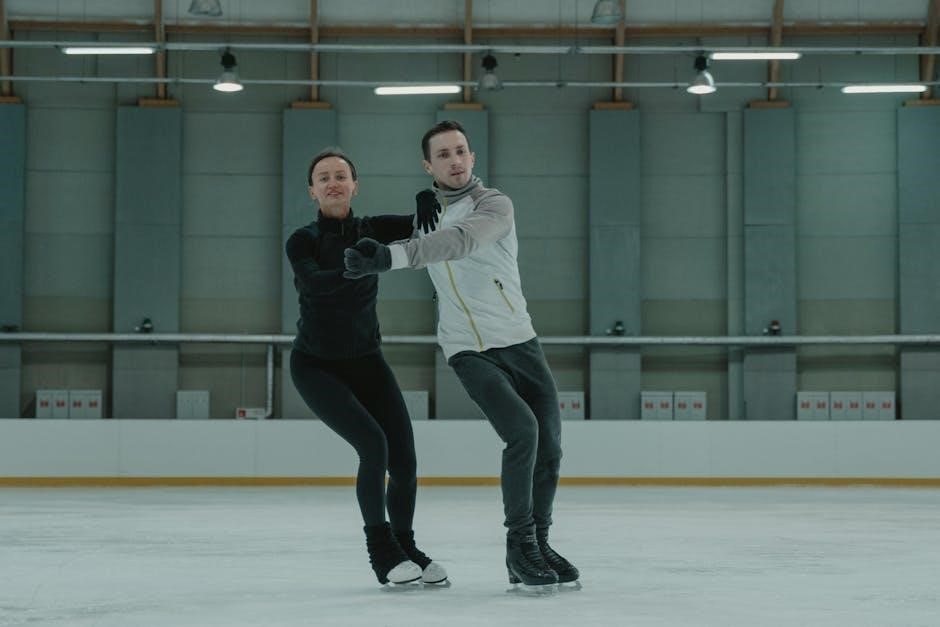Diastasis recti is a common condition during pregnancy where abdominal muscles separate. Targeted exercises and free PDF guides can help restore core strength and promote healing effectively.
1.1 What is Diastasis Recti?
Diastasis recti is a condition where the rectus abdominis muscle separates along the linea alba, the connective tissue that runs down the abdomen. This separation is common during pregnancy due to hormonal changes and increased abdominal pressure. It can also occur in men or non-pregnant women due to factors like heavy lifting or obesity. The gap can vary in width, and while some cases may not cause symptoms, others may lead to a noticeable belly bulge or discomfort. Diastasis recti is most prevalent in postpartum women, affecting over half, and can impact core strength and posture. Early intervention and proper exercises can help restore muscle alignment and reduce the separation.
1.2 Causes and Risk Factors
Diastasis recti is primarily caused by increased abdominal pressure, which can occur during pregnancy, heavy lifting, or obesity. Hormonal changes during pregnancy weaken the connective tissue, making separation more likely. Other risk factors include multiple pregnancies, advanced maternal age, and a family history of the condition. Chronic coughing, constipation, or repetitive straining can also contribute. Additionally, poor posture or weak core muscles may exacerbate the issue. Understanding these causes and risk factors is crucial for developing effective prevention and treatment strategies, especially for postpartum women seeking to address the condition through targeted exercises.
1.3 Symptoms and Diagnosis
Common symptoms of diastasis recti include a visible bulge or doming in the abdominal area, especially during coughing, laughing, or straining. The abdominal muscles may appear separated, and individuals may experience lower back pain or a feeling of instability. Diagnosis often involves a physical exam where a healthcare provider checks for a gap between the abdominal muscles. The provider may also assess the depth and width of the separation. In some cases, imaging like an ultrasound may be used to confirm the diagnosis. Early identification is key for implementing appropriate treatment and exercises to address the condition effectively.
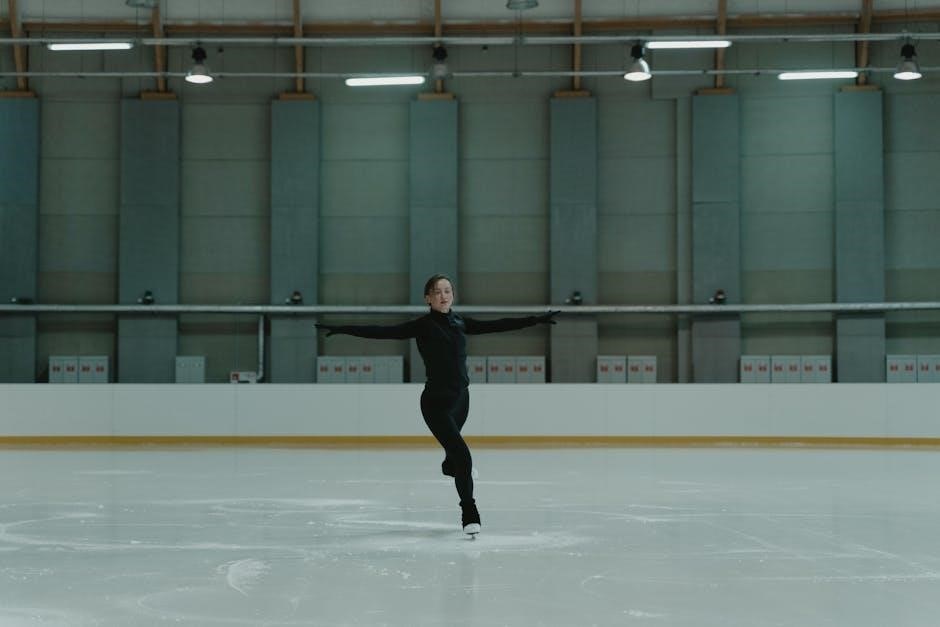
Understanding the Importance of Exercise for Diastasis Recti
Exercise is crucial for strengthening core muscles, improving posture, and enhancing abdominal stability, making it a natural and effective approach for healing diastasis recti.
2.1 How Exercise Helps in Healing
Exercise plays a vital role in healing diastasis recti by strengthening the transverse abdominis muscle, which wraps around the spine and pelvis. This core muscle provides internal support, helping to close the abdominal gap. Regular exercises improve posture, reducing strain on the abdomen and preventing further separation; Strengthening the pelvic floor muscles also enhances overall core stability, which is essential for healing. Gentle movements promote blood flow and tissue repair, while specific exercises like pelvic tilts and bird-dog help re-establish proper muscle engagement. Consistency in these exercises can significantly reduce the diastasis gap, restoring abdominal integrity and improving overall physical function.
2.2 Role of Core Strengthening
Core strengthening is essential for addressing diastasis recti, as it targets the deep abdominal muscles that support the spine and pelvis. Weak core muscles can exacerbate the condition, while strengthened ones help stabilize the body and reduce the abdominal gap. Exercises like planks, bird-dog, and gentle bridges focus on activating the transverse abdominis, the deepest abdominal muscle, which plays a critical role in closing the diastasis gap. Strengthening the core also improves posture, reduces back pain, and enhances overall physical stability. Consistent core work helps rebuild muscle memory and promotes proper engagement of the abdominal muscles, which is vital for long-term healing and prevention of further separation.
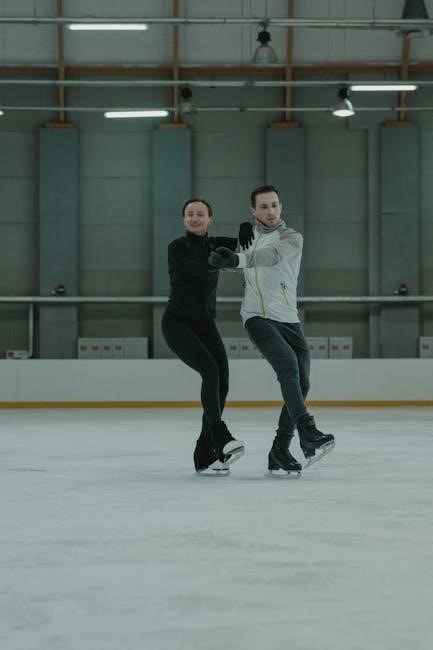
2.3 Avoiding Harmful Exercises
When managing diastasis recti, it is crucial to avoid exercises that can worsen the condition. Activities that increase intra-abdominal pressure, such as crunches, sit-ups, and heavy lifting, should be avoided as they can strain the abdominal muscles and widen the gap further. Planks, if performed incorrectly, can also exacerbate the issue. High-impact exercises, like jumping or running, may put additional stress on the abdominal wall. Instead, focus on gentle, core-strengthening exercises that promote healing without putting excessive pressure on the abdomen. Consulting with a physical therapist or fitness expert can help identify safe alternatives and ensure proper form to avoid further injury.
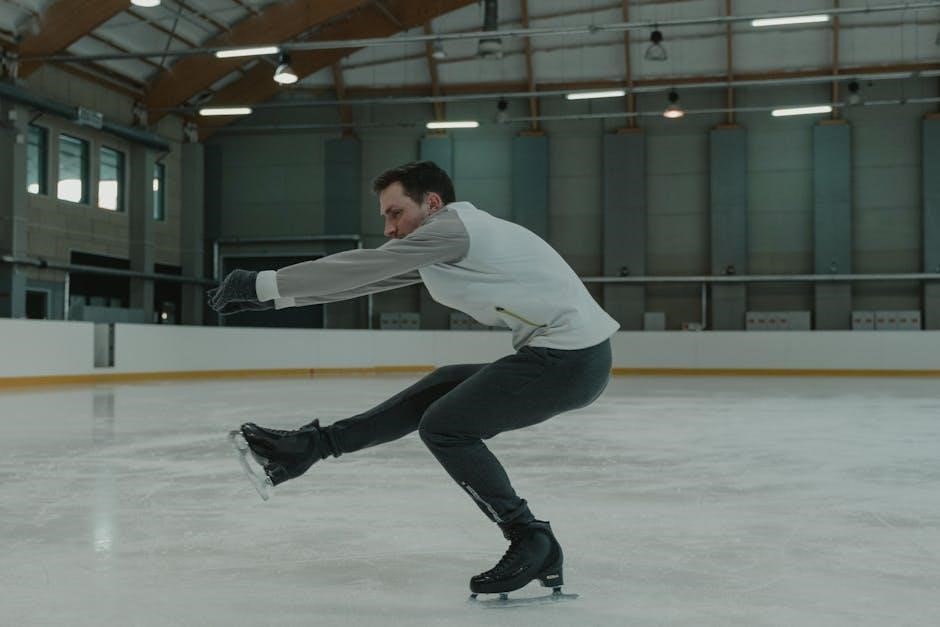
Safe and Effective Exercises for Diastasis Recti
Gentle exercises like pelvic tilts, heel slides, and bird-dog can help strengthen core muscles without worsening the gap. These movements promote healing and stability effectively.
3.1 Pelvic Tilts and Heel Slides
Pelvic tilts and heel slides are foundational exercises for addressing diastasis recti. Start by lying on your back with knees bent and feet flat. Gently tilt your pelvis upward, engaging your transverse abdominis muscle, and hold for a few breaths. For heel slides, extend one leg and slowly slide your heel toward your buttocks, keeping your knee bent. Alternate sides to maintain balance and avoid strain. These exercises strengthen the deep core muscles and promote pelvic floor engagement without putting excessive pressure on the abdominal wall; They are low-impact, easy to perform at home, and ideal for early stages of healing. Proper form and breathing are essential to maximize benefits and prevent injury.
3.2 Bird-Dog and Dead Bug Exercises
Bird-Dog and Dead Bug exercises are excellent for strengthening core muscles and improving stability, which is crucial for managing diastasis recti. Begin the Bird-Dog by kneeling on all fours. Extend one arm forward and the opposite leg backward, holding for a few seconds before returning to the starting position. Repeat on the other side. The Dead Bug involves lying on your back with arms extended overhead and legs lifted in a tabletop position. Slowly lower one arm and the opposite leg toward the floor, maintaining control throughout the movement. Both exercises target the transverse abdominis muscle and promote proper core engagement without putting excessive strain on the abdominal wall. They are ideal for progressing strength and stability in later stages of recovery.
3.3 Side Planks and Gentle Bridges
Side Planks and Gentle Bridges are effective exercises for strengthening the core and improving posture while being gentle on the abdominal wall. For Side Planks, lie on your side with knees bent and lift your hips off the ground, engaging your obliques. Hold for several breaths and switch sides. Gentle Bridges involve lying on your back with knees bent, then slowly lifting your hips toward the ceiling while maintaining a neutral spine. Both exercises help reintroduce movement and strength without putting excessive pressure on the abdominal separation. They are particularly beneficial for gradually rebuilding core stability and promoting proper posture, making them ideal for intermediate stages of diastasis recti recovery. Always prioritize controlled movements and proper form to avoid discomfort or strain.
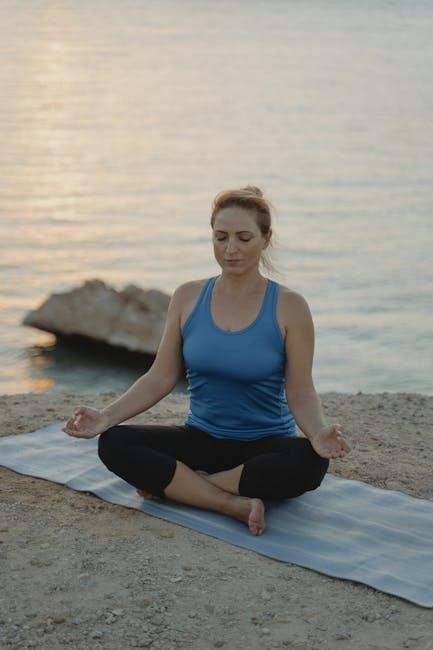
Phased Exercise Programs for Diastasis Recti
Phased exercise programs for diastasis recti are structured and progressive, adapting to individual healing progress and goals. Each phase focuses on safe, incremental core strengthening and stability.
4.1 Phase 1: Gentle Core Activation
Phase 1 focuses on gentle core activation to stabilize and strengthen the abdominal muscles without putting excessive strain on the diastasis. This initial stage emphasizes breathing techniques, such as diaphragmatic breathing, to engage the deep core muscles. Pelvic tilts and modified bird-dog exercises are introduced to improve posture and reduce intra-abdominal pressure. Gentle heel slides and seated marches are also incorporated to activate the transverse abdominis muscle, which plays a critical role in core stability. These exercises are low-intensity and designed to build a strong foundation for further progress. The goal is to promote healing and awareness of proper core engagement, avoiding any movements that could worsen the separation. Consistency and patience are key during this phase.
4.2 Phase 2: Gap Closure and Strengthening
Phase 2 focuses on gradually increasing core strength while working toward closing the abdominal gap. Exercises like modified planks, side planks, and gentle dynamic movements are introduced to enhance muscle engagement. Bird-dog exercises and controlled bridges are incorporated to strengthen the transverse abdominis and obliques. This phase emphasizes proper form and controlled movements to avoid overstraining. Breathing techniques remain crucial to maintain intra-abdominal pressure. The goal is to improve muscle recruitment patterns and promote a gradual reduction in the diastasis gap. Progression is slow, with a focus on building endurance and stability. Consistency in these exercises helps prepare the core for more advanced movements in later phases.
4.3 Phase 3: Full Core Strengthening
Phase 3 focuses on advanced exercises to restore full core strength and functionality. This phase introduces dynamic movements like front planks, side planks with leg lifts, and bird-dog variations with extended holds. Gentle rotational exercises, such as seated Russian twists (without heavy weights), are added to improve oblique strength. Functional movements like squats and lunges are incorporated to integrate core stability with daily activities. High-intensity interval training (HIIT) is avoided to prevent overexertion. The emphasis is on maintaining proper form and engaging the transverse abdominis throughout exercises. By this stage, individuals often notice significant improvements in core stability, posture, and overall physical function, allowing for a return to more vigorous activities safely.
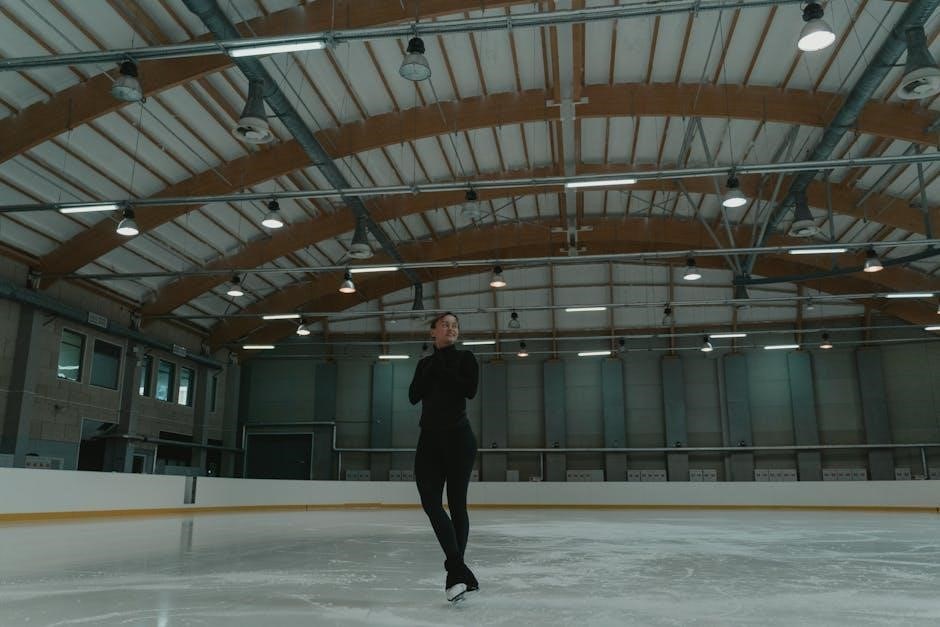
The Role of Physical Therapy
Physical therapy addresses the root causes of diastasis recti, focusing on core and pelvic floor strengthening. Tailored exercises improve posture, stability, and promote effective healing.
5.1 Importance of Pelvic Floor Physical Therapy
Pelvic floor physical therapy plays a crucial role in addressing diastasis recti by improving core stability and pelvic alignment. It targets the muscles that support the abdomen and pelvis, enhancing healing and reducing symptoms. Techniques like Kegel exercises, biofeedback, and soft tissue mobilization are often used to strengthen the pelvic floor and transverse abdominis muscles. This specialized therapy not only aids in closing the abdominal gap but also improves posture, reduces lower back pain, and restores functional movement patterns; A physical therapist can tailor exercises to individual needs, ensuring safe and effective progress. Regular sessions can significantly improve overall core strength and pelvic floor function, promoting long-term recovery and preventing further issues.
5.2 Working with a Physical Therapist

Working with a physical therapist is essential for effectively managing diastasis recti, as they provide personalized guidance and tailored exercises. A physical therapist will assess your core strength, posture, and movement patterns to create a customized program. They use techniques like manual therapy, biofeedback, and breathing exercises to enhance core engagement and pelvic floor stability. Their expertise ensures you perform exercises correctly, avoiding movements that could worsen the condition. Regular sessions help monitor progress, adjust intensity, and address related issues like lower back pain or poor posture. Over time, this collaborative approach strengthens the core, promotes proper alignment, and supports overall physical function and confidence.
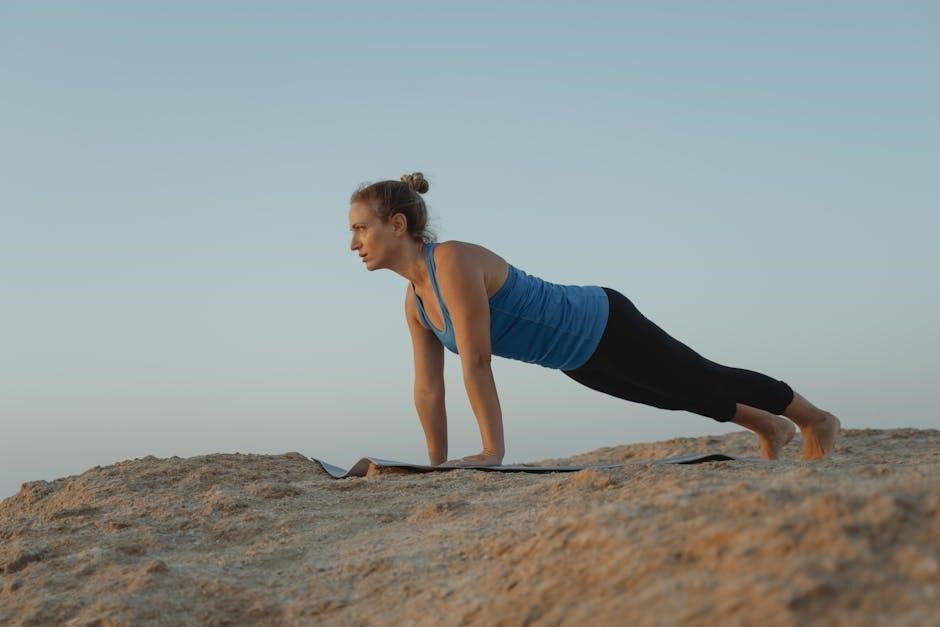
Additional Resources and Guides
Discover free PDF guides, detailed workout plans, and online communities offering support and structured routines for diastasis recti recovery. These resources provide valuable tools and connections.
6.1 Free PDF Guides and Workout Plans
Free PDF guides and workout plans are widely available online, offering structured routines for managing and healing diastasis recti. These resources often include detailed exercises, nutritional advice, and recovery tips. Many guides are designed for postpartum women, focusing on core engagement and pelvic floor strengthening. They typically feature step-by-step instructions, images, and progress tracking tools. Popular PDFs include “Postpartum Core Restoration” and “Diastasis Recti Recovery,” which emphasize gentle movements and gradual intensity increases. These guides are easily downloadable and accessible, making them a valuable starting point for those seeking a comprehensive approach to healing.
- Structured workout plans tailored to different stages of recovery
- Focus on core engagement and pelvic floor exercises
- Includes nutritional tips and lifestyle advice
- Downloadable for easy access and personal use
These resources are a great way to begin or enhance your recovery journey, ensuring you have a clear and guided path forward.
6.2 Online Communities and Support Groups
Online communities and support groups provide valuable connections for individuals managing diastasis recti. These forums, often found on platforms like Facebook, Instagram, or specialized websites, allow members to share experiences, ask questions, and gain support. Many groups are moderated by experts, offering reliable advice and resources. They also host live Q&A sessions, workout challenges, and progress tracking. Connecting with others who understand the challenges of diastasis recti fosters motivation and accountability. These communities are especially helpful for those feeling isolated or seeking personalized tips and encouragement.
- Platforms like Facebook and Instagram host active support groups
- Shared experiences and advice from community members
- Expert-led sessions and resources available
- Building motivation and accountability
Joining these groups can enhance your journey by providing emotional support and practical insights.

Success Stories and Progression Tips
Inspirational journeys highlight progress and resilience in healing diastasis recti. Practical tips emphasize consistent effort, gradual intensity, and celebrating small milestones to avoid setbacks.
- Track progress through photos and measurements
- Set realistic goals for strength and closure
- Avoid overexertion to prevent worsening the gap
- Seek professional guidance for tailored advice
Success lies in patience, persistence, and personalized approaches.
7.1 Real-Life Experiences with Diastasis Recti
Many individuals share their journeys of healing and recovery from diastasis recti, offering insights and hope. These stories highlight diverse experiences, challenges, and triumphs. For some, postpartum recovery was gradual, with exercises playing a central role. Others found success through consistent core strengthening and lifestyle adjustments. Emotional struggles, such as feelings of insecurity, are common but often overcome with support. Real-life accounts emphasize the importance of patience and personalized approaches. These experiences serve as inspiration, proving that healing is possible with the right strategies and mindset. They also underscore the value of accessible resources, like exercise PDF guides, in empowering individuals to take control of their recovery.
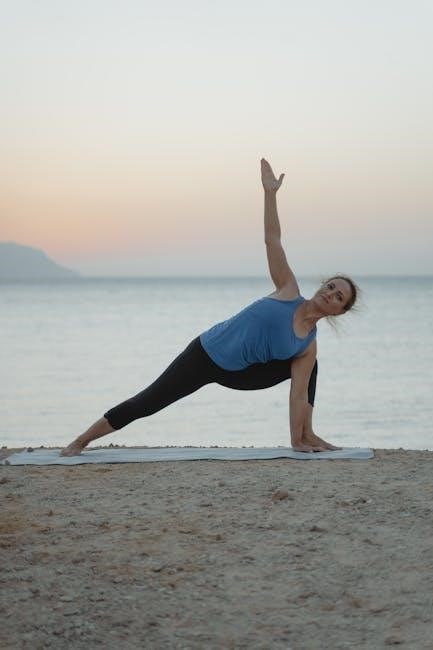
- Stories reveal the emotional and physical challenges of diastasis recti
- Exercises and lifestyle changes are key themes in recovery journeys
- Support systems and resources, like PDF guides, are often credited with success
7.2 Tips for Gradual Progression
Progressing safely with diastasis recti exercises requires patience and attention to your body. Start with gentle movements and gradually increase intensity as strength improves. Listen to your body and rest when needed. Incorporate breathing techniques to support core engagement. Avoid overexertion, as this can worsen the gap. Focus on proper form to maximize benefits and prevent strain. Celebrate small milestones to stay motivated. Consistency is key, but so is allowing time for healing. Seek guidance from professionals to tailor your routine. Patience and persistence are essential for long-term success.
- Begin with gentle exercises and progress slowly
- Focus on proper form and breathing techniques
- Listen to your body and avoid overexertion
- Celebrate small achievements for motivation

